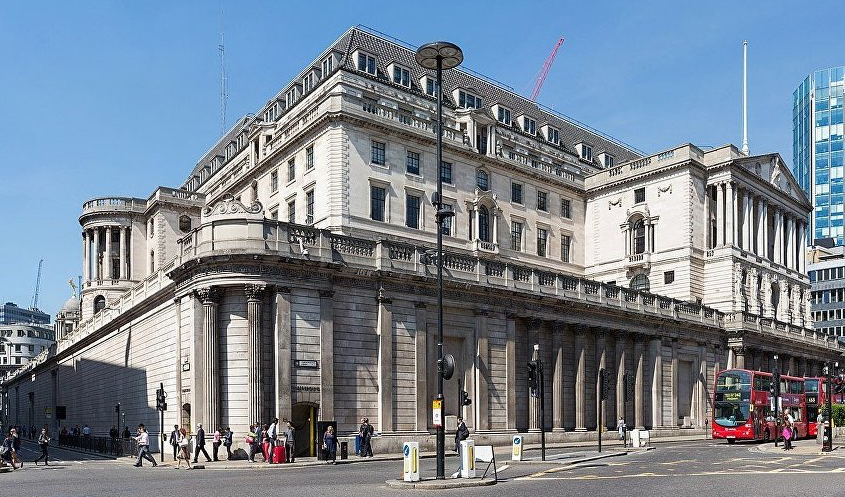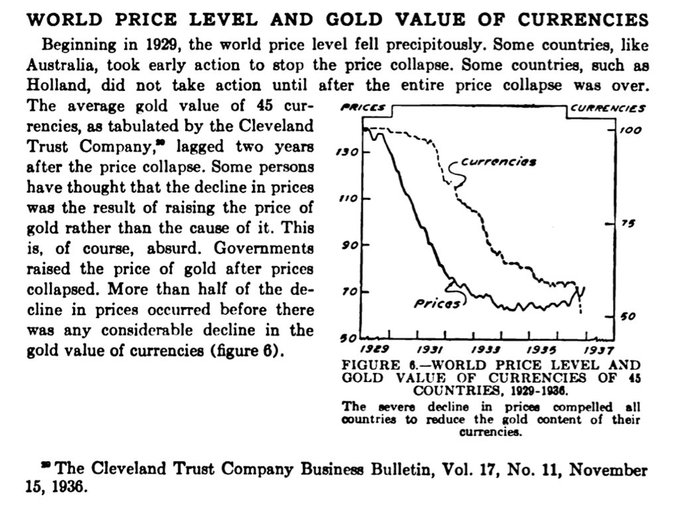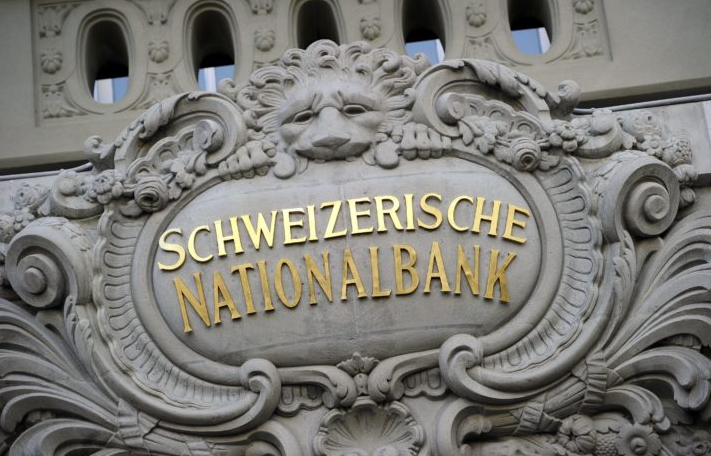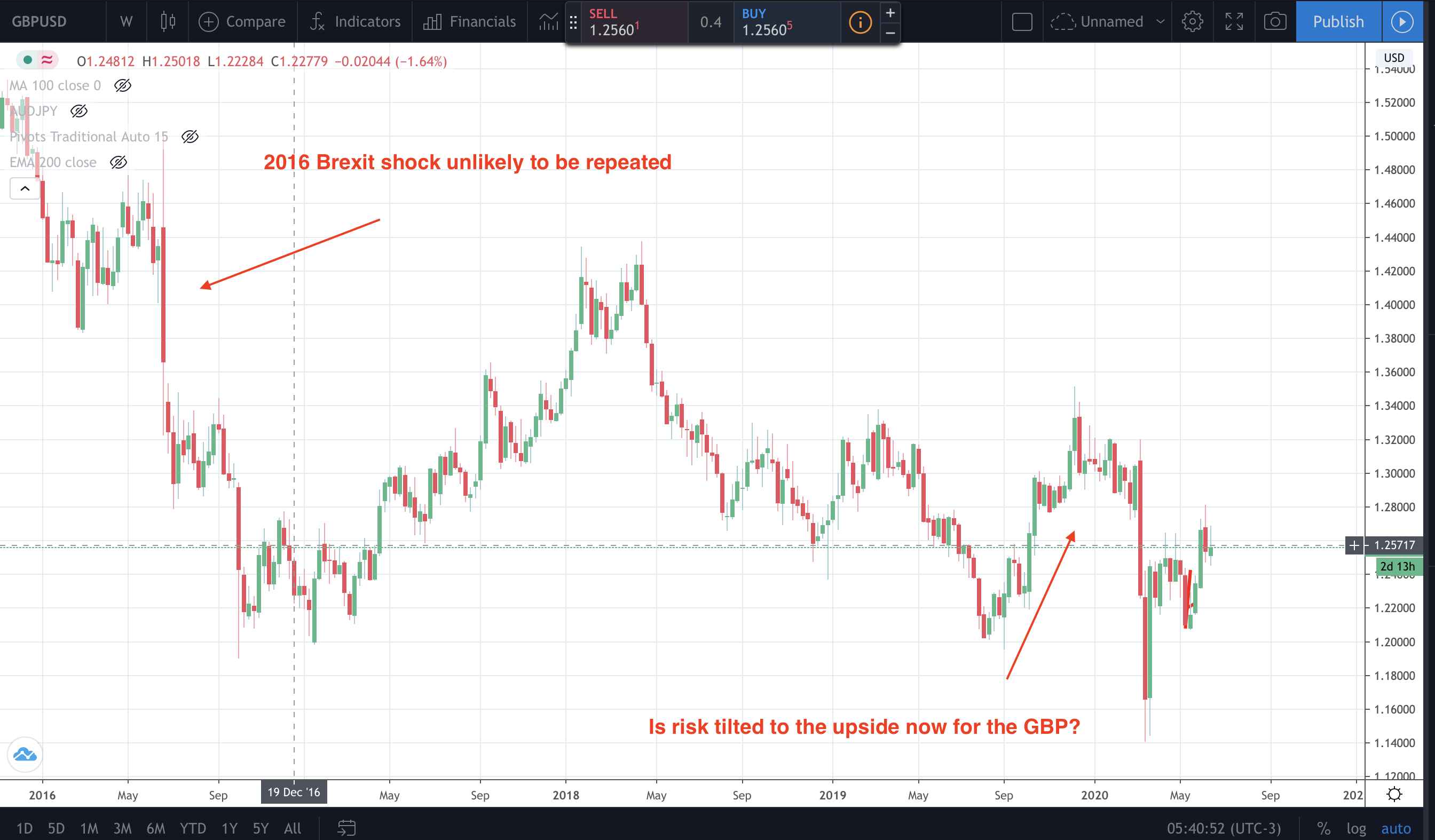Fitch Ratings has revised the Outlook on India’s Long-Term Foreign-Currency Issuer Default Rating (IDR) to Negative from Stable and affirmed the rating at ‘BBB-‘.
KEY RATING DRIVERS
The revision of the Outlook to Negative on India’s Long-Term IDRs reflects the following key rating drivers:
The coronavirus pandemic has significantly weakened India’s growth outlook for this year and exposed the challenges associated with a high public-debt burden. Fitch expects economic activity to contract by 5% in the fiscal year ending March 2021 (FY21) from the strict lockdown measures imposed since 25 March 2020, before rebounding by 9.5% in FY22. The rebound will mainly be driven by a low-base effect. Our forecasts are subject to considerable risks due to the continued acceleration in the number of new COVID-19 cases as the lockdown is eased gradually. It remains to be seen whether India can return to sustained growth rates of 6% to 7% as we previously estimated, depending on the lasting impact of the pandemic, particularly in the financial sector.
The humanitarian and health needs have been pressing, but the government has shown expenditure restraint so far, due to the already high public-debt burden going into the crisis, with additional relief spending representing only about 1% of GDP by our estimates. Most elements of an announced package totalling 10% of GDP are non-fiscal in nature. Some further fiscal spending of up to 1 percentage point of GDP may still be announced in the next few months, which was indicated by a recent announcement of additional borrowing for FY21 of 2% of GDP, although we do not expect a steep rise in spending. (more…)








